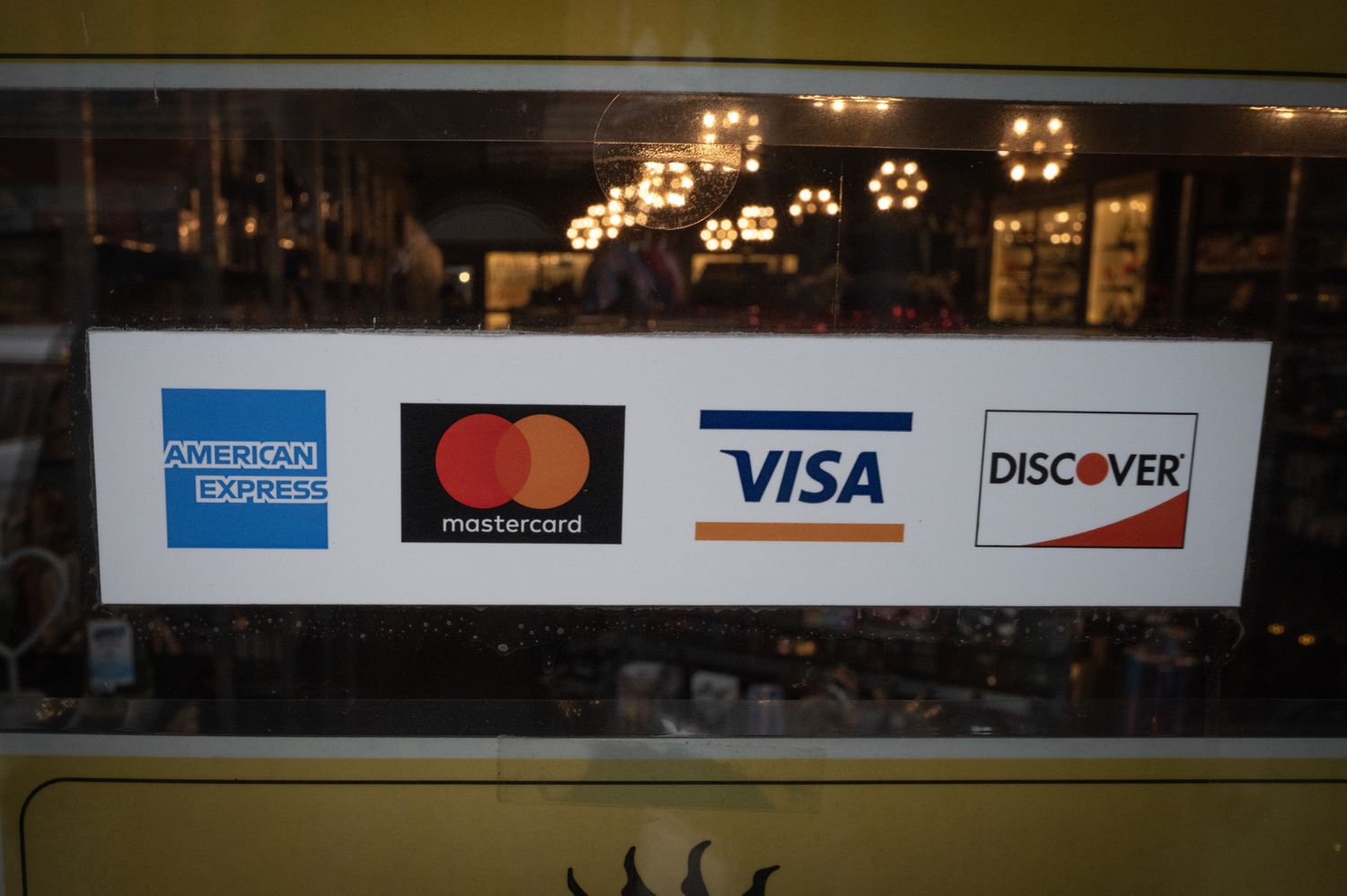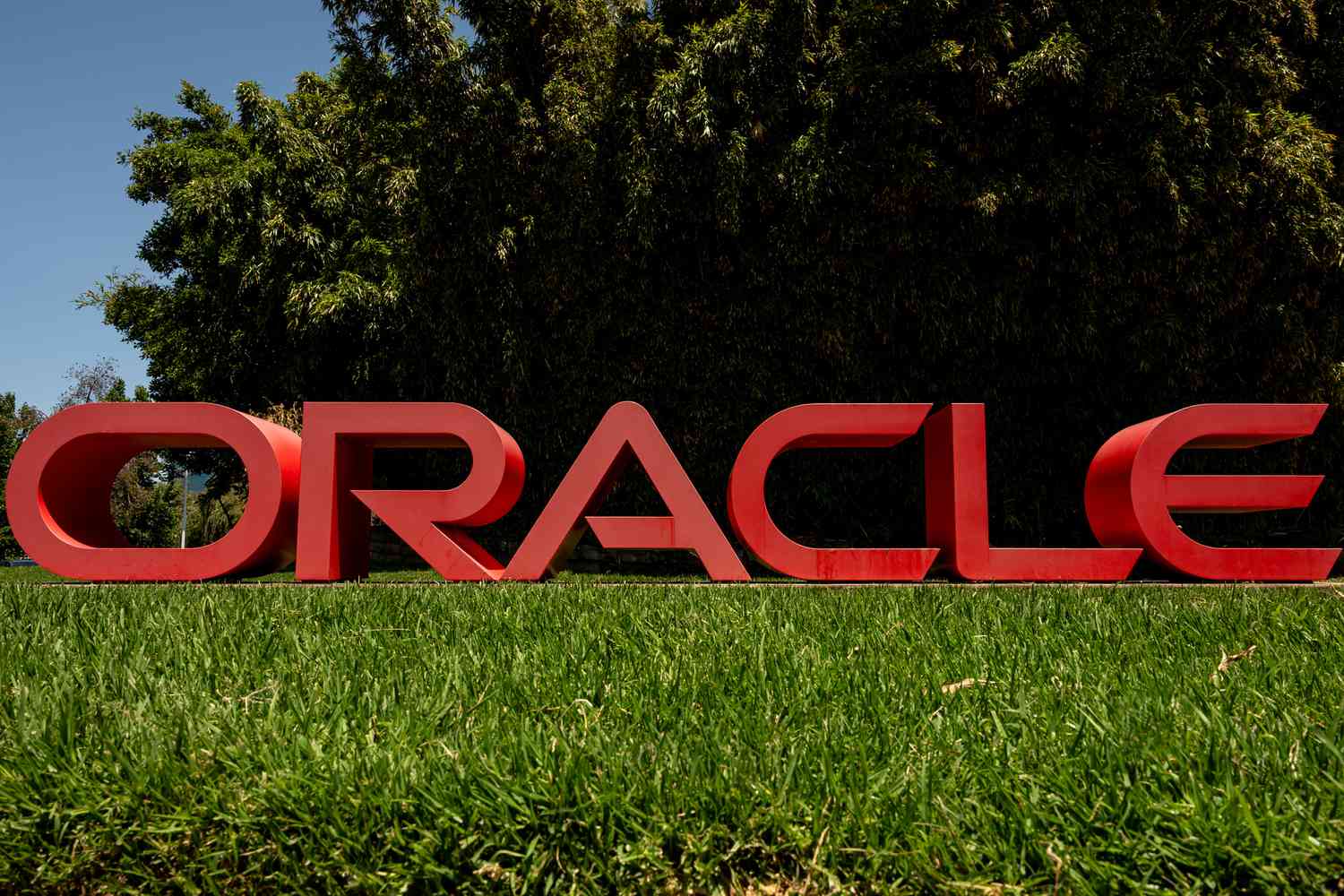Boeing Stock Drops as 787-8 Plane Crashes in India


KEY TAKEAWAYS
- Boeing shares are slumping in early trading after a 787-8 aircraft was involved in an Air India plane crash early Thursday.
- Air India Flight 171, carrying 242 passengers, was departing the western Indian city of Ahmedabad for London Gatwick airport and crashed “after take off,” Air India said.
- Shares in engine maker GE Aerospace and Spirit AeroSystems are also dropping.
Boeing (BA) shares are slumping in early trading after a 787-8 aircraft was involved in an Air India plane crash early Thursday.
The Air India Flight 171, which was carrying 242 passengers, was departing the western Indian city of Ahmedabad for London Gatwick airport and crashed “after take off,” Air India said in a post on the X social media platform. It departed the Indian city at 1:38 p.m. local time, the airline said.
“We are in contact with Air India regarding Flight 171 and stand ready to support them. Our thoughts are with the passengers, crew, first responders and all affected,” a Boeing spokesperson said in a statement to Investopedia.
GE Aerospace, which provides engines for many Boeing aircraft, including the 787, said it is ready to support the crash probe.
“We have activated our emergency response team, and we are prepared to support our customer and the investigation,” the company said in a post on X.
Ahmedabad’s Police Commissioner G.S. Malik told The Associated Press that there were few signs of surviving passengers, noting that “it appears there are no survivors in the plane crash.”
The 787 model, popularly known as the Dreamliner, hadn’t had a fatal accident in its nearly 14 years in service, according to The Wall Street Journal.
Boeing’s reputation took a hit last year following a series of mishaps at its planes, including a door plug detaching in midair on an Alaska Airlines 737 Max 9 flight in January. Earlier this month, the plane maker agreed to settle a Justice Department case related to two fatal 737 Max crashes that claimed the lives of more than 300 people.
Boeing was the biggest decliner in the S&P 500 at the open Thursday, with shares falling more than 4%. Shares in other makers of Dreamliner parts also tumbled: Engine maker GE Aerospace (GE) shares are down 3%, and those of Spirit AeroSystems Holdings (SPR), which Boeing is in the process of reacquiring, are down 3%.
UPDATE—June 12, 2025: This article has been updated to include a comment from the Ahmedabad police commissioner and the latest share price information.

















